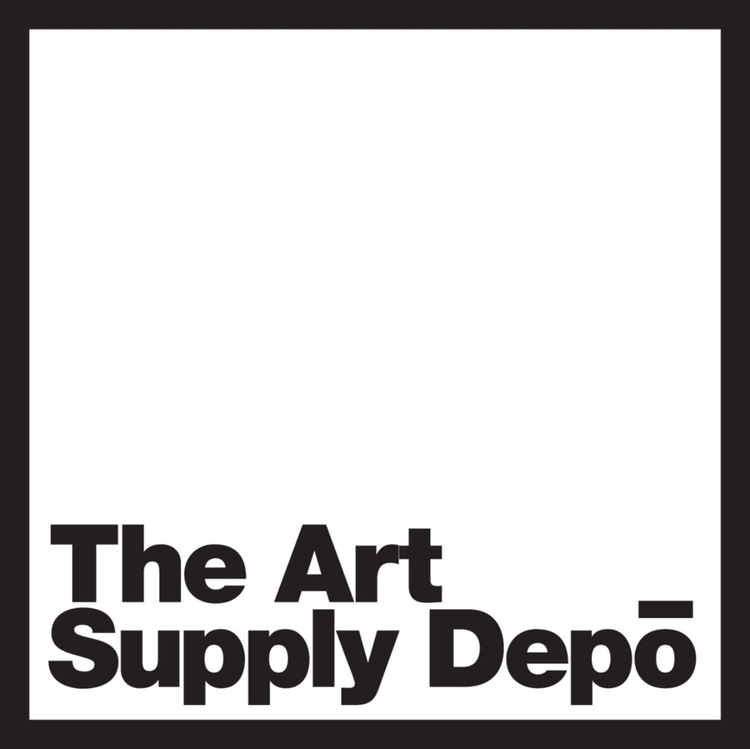Watercolor Paper:
The surface type, sizing, and composition of your paper make a huge impact on your finished artwork.
Watercolor paper can be made of wood pulp (cellulose) or cotton. Highest quality, artist grade paper is made of 100% cotton, as it is more durable, archival, and absorbent than wood pulp. Wood pulp papers are recommended for beginners. Cotton is suggested for professionals and those seeking a more professional look.
The stability of cotton allows for additional working and layering of paint
All WC papers have an invisible coating, called sizing that regulates if and how water + pigments are absorbed. Drawing papers are generally not sized, hence they buckle when wet. A great layer of sizing will allow water to absorb, but prevent your pigments (color) from absorbing in to the paper, leaving a bright paint stroke behind.
WC papers are available in may weights (thicknesses). 90lb is generally the lightest used for WC, 140lb is considered the standard, and 300lb is the heaviest stock, with a thickness similar to mat board. For reference, tracing paper is 8lb, copy paper is 24-30lb, sketch paper is 50lb, drawing paper is 80lb.
Watercolor papers come in three surface types:
Hot Press (HP) is a smooth surface used for very detailed work, where every brush stroke is intended to show. Paint stays wet on a Hot Press surface longer than others. The surface is so smooth that water has a difficult time absorbing into the paper, and the paint sits longer on the surface. This can sometimes cause puddles or pools of color to form and show in the finished work. Careful application of paint + water is required to prevent "splotching" on Hot Press. HP papers are suggested for portraits, comic-book style inking, and other techniques which involve fine lines. It is also beloved by abstract artists who want their watercolors to flow freely and make random patterns when drying.
Cold Press (CP) is a slightly textured surface and is the most common paper selection. The paper's texture or tooth is more open than hot press, and water + pigments absorb quickly, generally creating a more uniform area of color. This paper is thought of being "more forgiving for beginners." CP papers are suggested for landscapes and other applications where a slight variation of surface texture would contribute to the look of the finished art.
Rough Press (RP) is the least common paper surface, but perhaps because it is little know and often overlooked. It has more tooth / texture than cold press and lends the most character to the finished artwork. Watercolors take on a granulated appearance as pigments settle into the texture of the paper when drying. It is beloved by abstract + landscape artists for it's unique texture. RP papers more limited in available formats than CP and HP, for example RP sketchbooks are the most rare.
Which surface is right for you?
Surface texture is totally subjective based upon your application methods and preferred finished look. If you're not sure what you want, stop by and pick up our new TINY STONEHENGE WATERCOLOR SAMPLE PADS or individual sheets of watercolor papers in 22x30 size, or small notebook size, to compare. Note that paper surfaces will vary across all brands and paper weights, so you might love a 140lb Cold Press paper from one manufacturer, but dislike a 140lb Cold Press paper from another.



